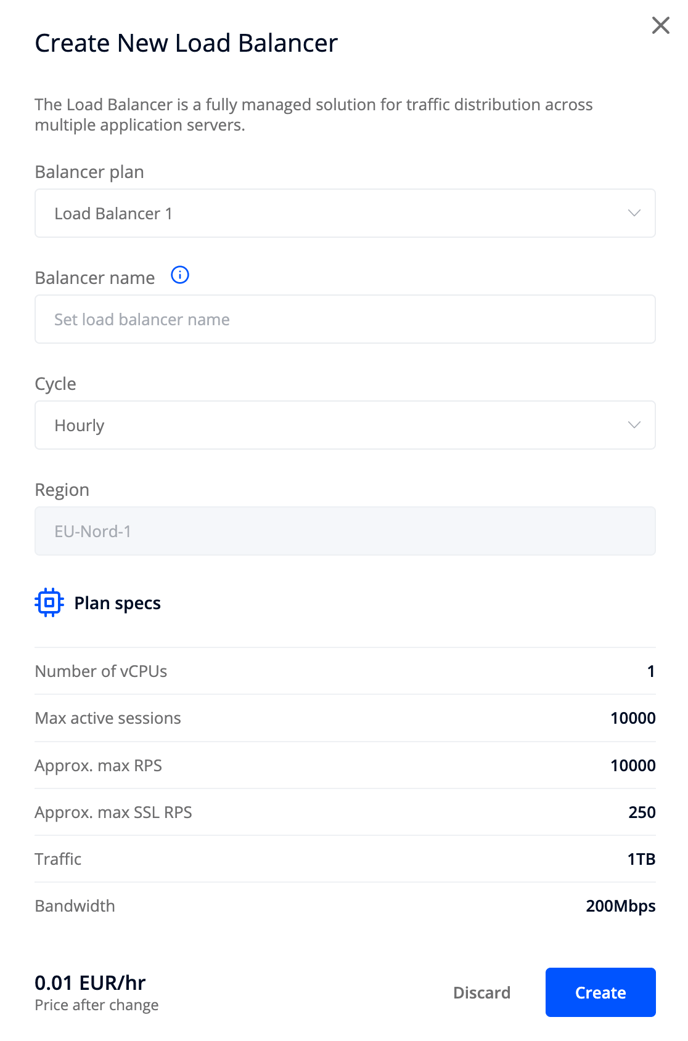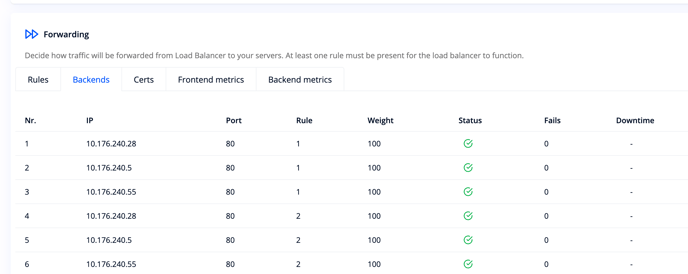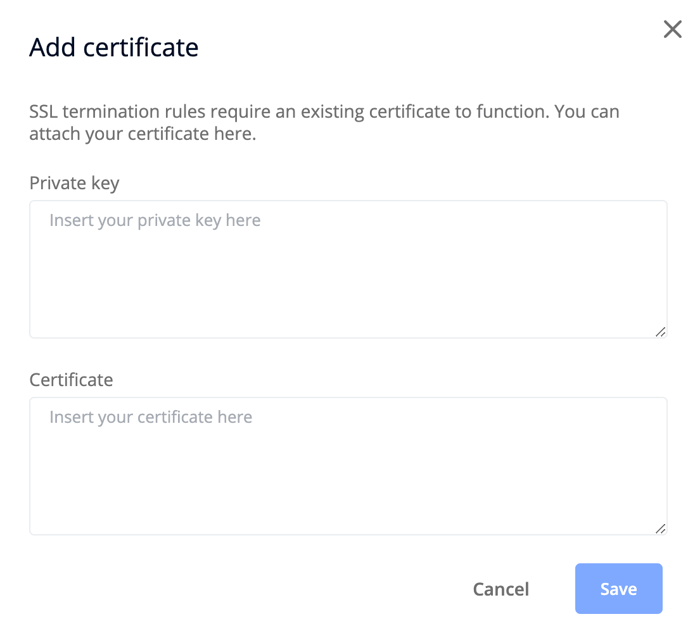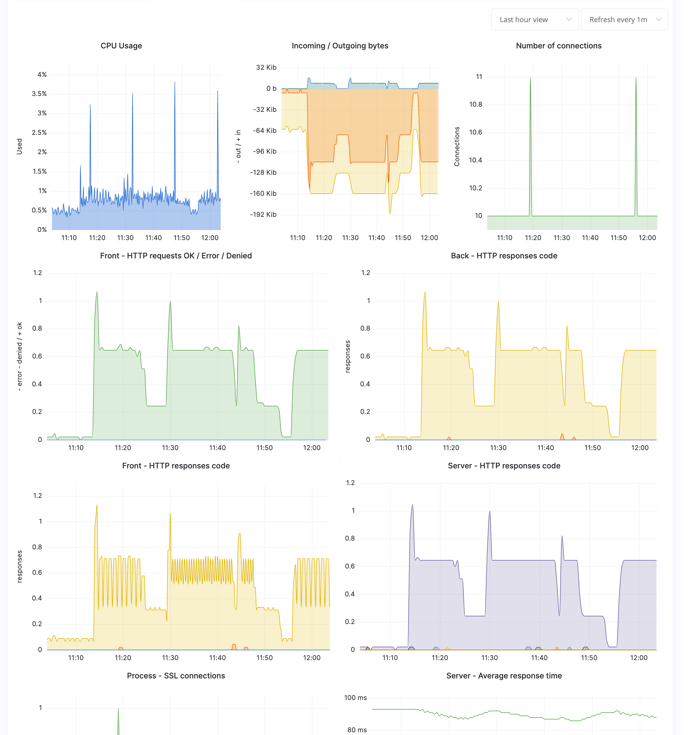Load Balancer
Load Balancer is a managed PROXY service that allows the client to automatically distribute requests (HTTP/HTTPS/TCP) coming to his IP address or domain among his servers.
What is a Load Balancer?
With this supervised solution, we help clients automatically distribute incoming requests among their servers while assuring the best user experience.
What happens if one of the servers is down?
The provided services do not fail if one of the servers is down. In this case, the down server is removed from the server list of the Load Balancer service automatically. Requests continue to be served from the up-and-running server or servers.
What plans do we offer?
We currently offer 8 Load Balancer plans that can be scaled up or down depending on the client's needs. The main parameters affecting their size are CPU, bandwidth, and traffic. Based on test results, one CPU we provide can serve up to 10k sessions. It directly depends on the client's application, which can be HTML, PHP, or HTML + PHP + MySQL.
It is important to pay attention to the specified server weight which determines the request rate. For example, a virtual server can be specified 2 out of 10, and dedicated – 5 out of 10. Weight proportions inform us how many requests the server can process.
The use cases
- http case – the client has a Web application on two identical servers. With the Load Balancer service, he can distribute requests between his two servers through a single entry point.
- tcp case – the client has two MySQL servers and needs to distribute the load between them.
- https case – similar to http, but the client must additionally provide an SSL certificate. In this case, the client not only gets a request distribution solution, but it does not need to configure SSL encryption on its side. This makes it easier to configure the servers, and maintain them, but also removes the encryption loads from the client's servers. This allows efficient use of less powerful servers – the same servers can handle a larger number of requests.
How to order a Load Balancer?
You can order the Load Balancer service on our portal, in the Networking section, next to IP addresses or BGP services. To order the service, you should press the "Create Load Balancer" button, and then select the Load Balancer plan. You also need to choose its name, payment cycle, and region. After ordering the service, it will be activated in approximately 5-6 minutes.

* The service is available in the Lithuania region only.
* Please note that the service works at the project or VLAN level, i.e. all requests (between the Load Balancer service and the servers assigned by the customer to that service) run exclusively over a private network. In this way, both the security of the service and its speed are ensured.
Server management
After ordering the service, the client's servers are added to the Load Balancer (you will find it in the general Servers section). These servers, depending on the created Load Balancer rules, will have to provide the content of the client's websites or other applications to the visitors.
Rules for distributing traffic with a Load Balancer
The predetermined rules provide the conditions under which the distribution takes place. What can you specify?
- To which port and which protocol will the requests to the Load Balancer have to arrive. Supported protocols are http, http2, https, tcp. Please note that the https protocol will require a valid SSL certificate. It will need to be added before creating a rule with the https protocol.
- By what protocol and port will the client's servers serve the traffic.
- The algorithm according to which traffic will be distributed between the client's servers. Supported balancing algorithms: round-robin, static-rr, least-conn, and source.
After all the conditions are set, you will see a full rules list:

How to check the status of servers?
After adding rules, a complete list of servers is visible with statuses. They reflect whether the Load Balancer is ready to serve incoming traffic. In the active state, marked in green, it means that at least one server added by the client can accept traffic. In this case, all enabled global settings associated with the rule are also in effect.

If at least one of the global settings for a rule is not enabled for any reason, the rule status will not be green. In this case, hovering the mouse over the status will show a message about what exactly is not working.
Useful tips
In the Backends section, the server status of each client can be seen for a specific rule.
Here we see:
- The private IP address of the server, by which that server should be accessible by the load balancer;
- The port with which the client's server or servers must be configured;
- Rule number;
- Server weight;
- Server status – it reflects whether a specific server can receive traffic, according to the parameters of the created rule;
- We can also see how many times a specific server was unavailable and how long the server was unavailable in total.

New SSL certificates can be added in the Certs section. To add a certificate, you will need to specify its private and public keys.

The Metrics section is intended to provide an overview of LB performance, how many, and what resources are used in real-time.
